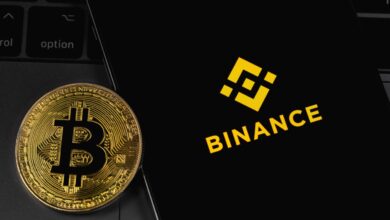PokitDok and Intel team up for healthcare Blockchain Solution

PokitDok, a healthcare API company, teamed with Intel to offer a healthcare blockchain solution it’s calling ‘Dokchain.’ The partnership includes using Intel’s open source Hyperledger Sawtooth as the underlying ledger, and processing blockchain transaction requests at the chip level using Intel chips. Ted Tanner is CTO and founder at PokitDok and believes that DokChain could alter the entire healthcare industry being the first working Blockchain healthcare solution.
He has gotten not just Intel on board, but a broad consortium of more than 40 companies including Amazon, Capital One, Guardian and Ascension, among others. PokitDok believes it can run Dokchain on multiple ledger solutions. It is using Intel’s Hyperledger Sawtooth ledger, which the company contributed to open source.
Mike Reed, who heads up blockchain technology for the chip maker, says Intel uses these projects as a springboard for its chip business. “Intel has a long history of contributing to open source, and working with Linux and the hyperledger project allows us to work across multiple market segments,” he explained.
In addition to the open source software, as you might expect, Intel has also contributed to the broader blockchain ecosystem with a technology they call SGX. “One key piece is Intel SGX, a method [we’ve built into our chips] to improve the scalability, privacy and security of blockchains,” Reed said. He added that PokitDok has taken advantage of this capability.
Tanner says when you move the blockchain execution to the chip level, it provides an unprecedented level of security and that is essential for healthcare, where information exchange has been limited by Hipaa privacy requirements. Because all of the data is encrypted and private, you can pass along identifiable data without violating Hipaa. It also means you can buy a laptop off the shelf with an Intel chip in it and work on this system.
As for basic functionality of Dokchain, it provides identity management to validate that each party involved in the transaction is who they say they are, whether consumer or provider. Secondly, it can perform what it is known ‘autonomous auto-adjudication’.What that means in plain language is that once the parties have been validated, the transaction between them can be processed instantly in a machine to machine communication based on previously agreed upon smart contracts.






